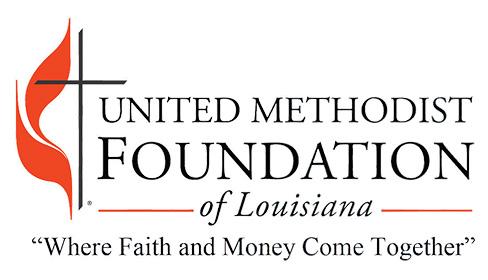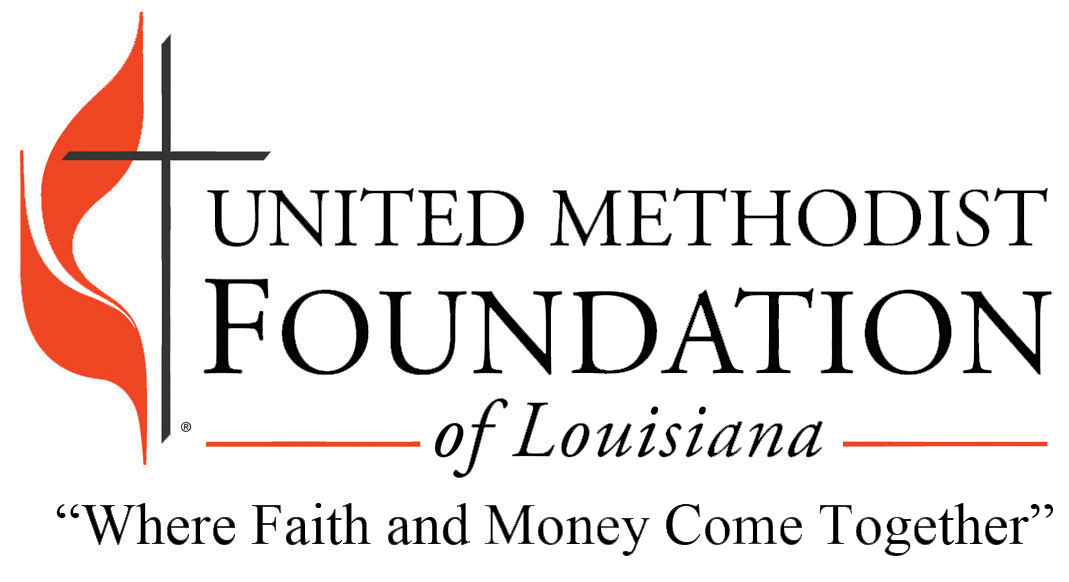Wednesday May 8, 2024
Private Letter Ruling
Foundation's Contingent Set-Aside Approved
Foundation is a nonexempt charitable trust under Sec. 4947(a)(2) and a private foundation under Sec. 509(a). Pursuant to the terms of Decedent’s will, Foundation is to pay net income to Hospital from a trust established for the benefit of Hospital. Hospital was previously exempt under Sec. 501(c)(3) but has since been sold to a for-profit corporation. A dispute has arisen on which charitable beneficiary should be entitled to receive distributions from Foundation. Because there is pending litigation regarding who is the proper charitable recipient of income, Foundation has been unable to make distributions. Foundation requests approval of a contingent set-aside equal to the amounts of the undistributed portions of income to Hospital for the specified years until the litigation is terminated. The trustee will distribute all accumulated income and future distributions to the proper charitable beneficiary as determined by the court. Set-aside amounts will be paid no later than the last day of the tax year after the tax year during which the litigation is terminated.
Under Sec. 4942(g)(2)(A), an amount set aside for a specific project may be a qualifying distribution if it meets the requirements of Sec. 4942(g)(2)(B). Section 4942(g)(2)(B)(i) allows for a set-aside if the organization establishes that the amount will be paid within five years and the project can be better accomplished using the set-aside than by an immediate payment. Under Reg. 53.4942(a)-3(b)(2), projects that require long-term expenditures requiring more than one year’s income may be better accomplished using a set-aside. Here, the Service determined that Foundation’s contingent set-aside is approved under Sec. 4942(g)(2).
2/2/2024 (11/8/2023)
Dear * * *:
Why you are receiving this letter
We received your December 13, 2021 request for approval of a set-aside under Internal Revenue Code (IRC) Section 4942(g)(2). Based on the information furnished, your request is approved.
You arc recognized as tax-exempt under IRC Section 501(c)(3) and as a private foundation under IRC Section 509(a).
What you need to do
Document your approved set-aside(s) in your records as pledges or obligations. You must pay the set-aside amounts within 60 months after the date of the first set-aside, as required under IRC Section 4942(g)(2).
Take into account the amounts set aside when determining your minimum investment return under IRC Section 4942(e)(1)(A) and the income attributable to your set-asides when computing your adjusted net income under IRC Section 4942(f).
Description of set-aside request
You are a nonexempt charitable trust described in IRC Section 4947(a)(2) and treated as a private non-operating foundation under Section 509(a).
You are requesting a contingent set-aside of a trust for the benefit of C under the Last Will and Testament ("the Will") of D. Paragraph 9 of the Will directs the trustee to pay the net income from the fund to C, which historically had been exempt under IRC Section 501(c)(3). C was sold to a for-profit corporation in H, and since then, you have been unable to distribute your income because C is the subject of pending litigation and a court order. Your charitable beneficiary is therefore unclear, pending a court determination. Therefore, you are requesting a contingent set-aside under Section 4942(g)(2) and Treasury Regulations Section 53.4942(a)-3(b)(9) in the amount of income distributable to C in tax years H, J, K, L, and M. Furthermore, if litigation is not completed by N, the trustee requests a contingent set-aside for amount equal to the undistributed portion of the distributable income for that year as described in Section 4942(d).
C's not for profit parent corporation, U, sold substantially all of its assets, including its subsidiaries, to a for- profit hospital corporation. Upon the closing of that sale, U ceased all hospital operations, but continues to exist as a legal entity, V, to wind down its affairs following the sale. The interests in charitable gifts, funds, and third-party trusts were specifically excluded from the sale. Pursuant to W, X is charged with approving or disapproving any sale of a not-for-profit hospital to a for-profit hospital To satisfy the requirements of W, U created a new charitable entity, Y. Y submitted Form 1023 and received approval from the IRS under IRC Section 501(c)(3), effective back to its date of formation. Upon receipt of its IRS determination letter, Y was thereby eligible to receive distributions from you.
In M, the probate court issued a decree holding that V was the proper recipient of income. However, Y filed an appeal to this decree as well as a motion to stay the proceedings pending the outcome of the appeal. This was granted, which prevented the trustee from making any distributions of income. Upon the final decision from the probate court, the trustee will distribute all accumulated income, as well as income going forward, to the proper charitable beneficiary, as determined in the proceedings.
You are requesting that a contingent set aside be granted for the amounts listed below, which are the undistributed income for the H, J, K, L, and M tax years, as documented in your Form 990-PF filings.
• H: p dollars
• J: q dollars
• K: r dollars
• L: s dollars
• M: t dollars
The trustee will pay the amount set-aside pursuant to the contingent set-aside rules by the last day of the tax year after the tax year in which the litigation is terminated. The trustee has held the income since for the purpose of distributing it to the appropriate recipient once the appropriate recipient is determined upon the termination of the litigation
Basis for our determination
IRC Section 4942(g)(2)(A) states that an amount set aside for a specific project, which includes one or more purposes described in IRC Section 170(c)(2)(B), may be treated as a qualifying distribution if it meets the requirements of IRC Section 4942(g)(2)(B).
IRC Section 4942(g)(2)(B) states that an amount set aside for a specific project will meet the requirements of this subparagraph if, at the time of the set-aside, the foundation establishes that the amount will be paid within five years and either clause (i) or (ii) are satisfied.
IRC Section 4942(g)(2)(B)(i) is satisfied if, at the time of the set-aside, the private foundation establishes that the project can better be accomplished using the set-aside than by making an immediate payment.
Treasury Regulation (Treas. Reg.) Section 53.4942(a)-3(b)(1) provides that a private foundation may establish a project as better accomplished by a set-aside than by immediate payment if the set-aside satisfies the suitability Lest described in Treas. Reg. Section 53.4942(a)-3(b)(2).
Treas. Reg. Section 53.4942(a)-3(b)(2) provides that specific projects better accomplished using a set-aside include, but are not limited to, projects where relatively long-term expenditures must be made requiring more than one year's income to assure their continuity.
In Revenue Ruling 74-450, 1974-2 C.B. 388, an operating foundation converted a portion of newly acquired land into a public park under a four-year construction contract. The construction contract payments were to be made mainly during the final two years. This constituted a "specific project." The foundation's set-aside of all its excess earnings for four years was treated as a qualifying distribution under IRC Section 4942(g)(2).
Additional information
This determination is directed only to the organization that requested it. IRC Section 6110(k)(3) provides that it may not be used or cited as a precedent.
Visit www.irs.gov/setasides for more information.
We'll make this determination letter available for public inspection after deleting personally identifiable information, as required by IRC Section 6110. Enclosed are Letter 437, Notice of Intention to Disclose — Rulings, and a copy of the letter that shows our proposed deletions.
• If you disagree with our proposed deletions, follow the instructions in the Letter 437 on how to notify us.
• If you agree with our deletions, you don't need to take any further action.
Keep a copy of this letter for your records.
We have sent a copy of this letter to your representative as indicated in Form 2848, Power of Attorney and Declaration of Representative.
If you have questions, you can call the contact the person shown above.
Sincerely,
Stephen A. Martin
Director, Exempt Organizations
Rulings and Agreements
Enclosures:
Redacted Letter 4797
Letter 437
Previous Articles
IRS Approves Scholarship Procedures
Extension Permitted to Opt Out of GSTT Exemption Allocation
Exemption Status Denied for Gaming Group






